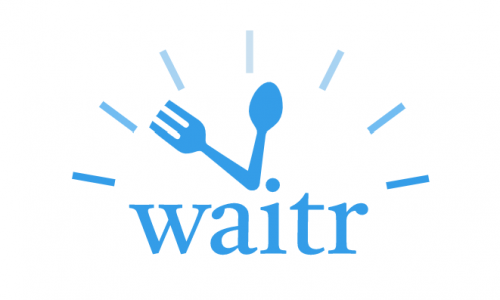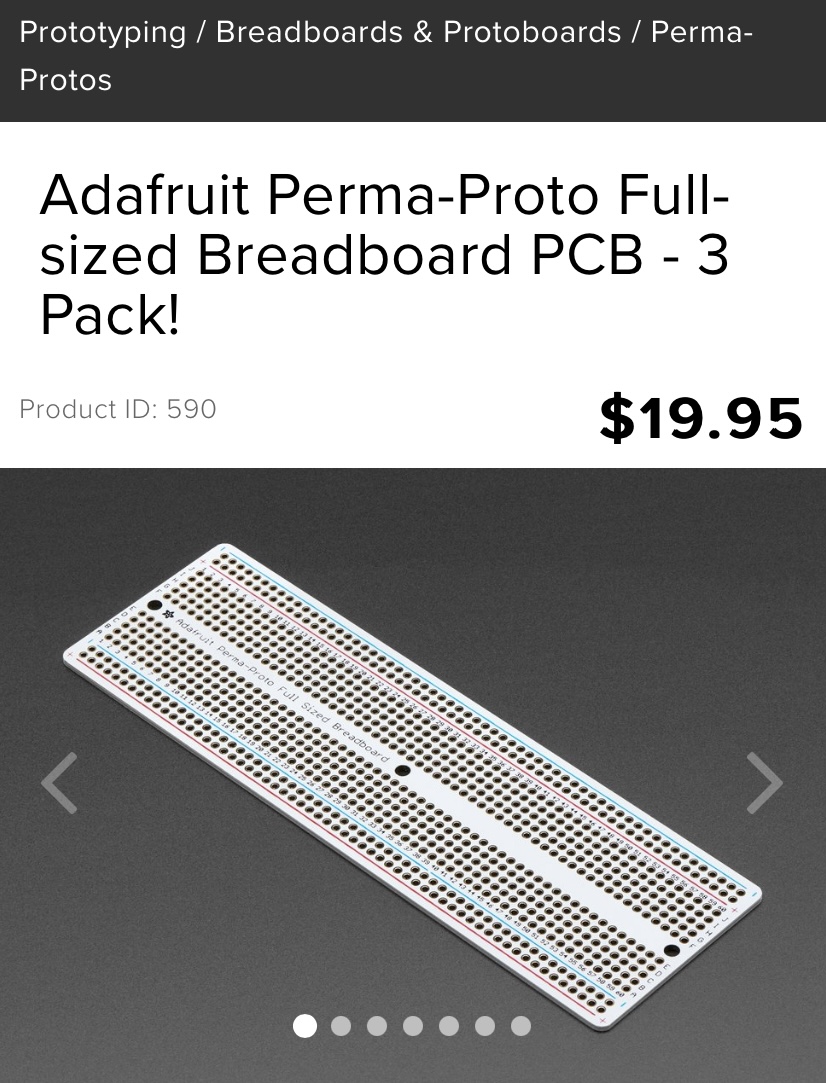This week, I spent time wrapping up the final deliverables for our capstone project. I prepared heavily for the presentation, which included recording some videos that demoed our complete solution in steps, finalizing presentation content, and doing timed practice run-throughs. I also helped Sophie and Sam finalize the last step of our project – connecting Sam’s circuit to our web application. We were able to collect entry data from Sam’s circuit and exit data from the commercial RFID reader, which are properly combined to get a wait time submission. I also finalized the frontend for our demo, including both a predicted and live wait time on our home page. The live wait time updates from form or scan data while our predicted wait time is generated from our ML model.
My progress is currently on schedule. Next week, I hope to finalize the last deliverables, including the poster, video, and demo.



